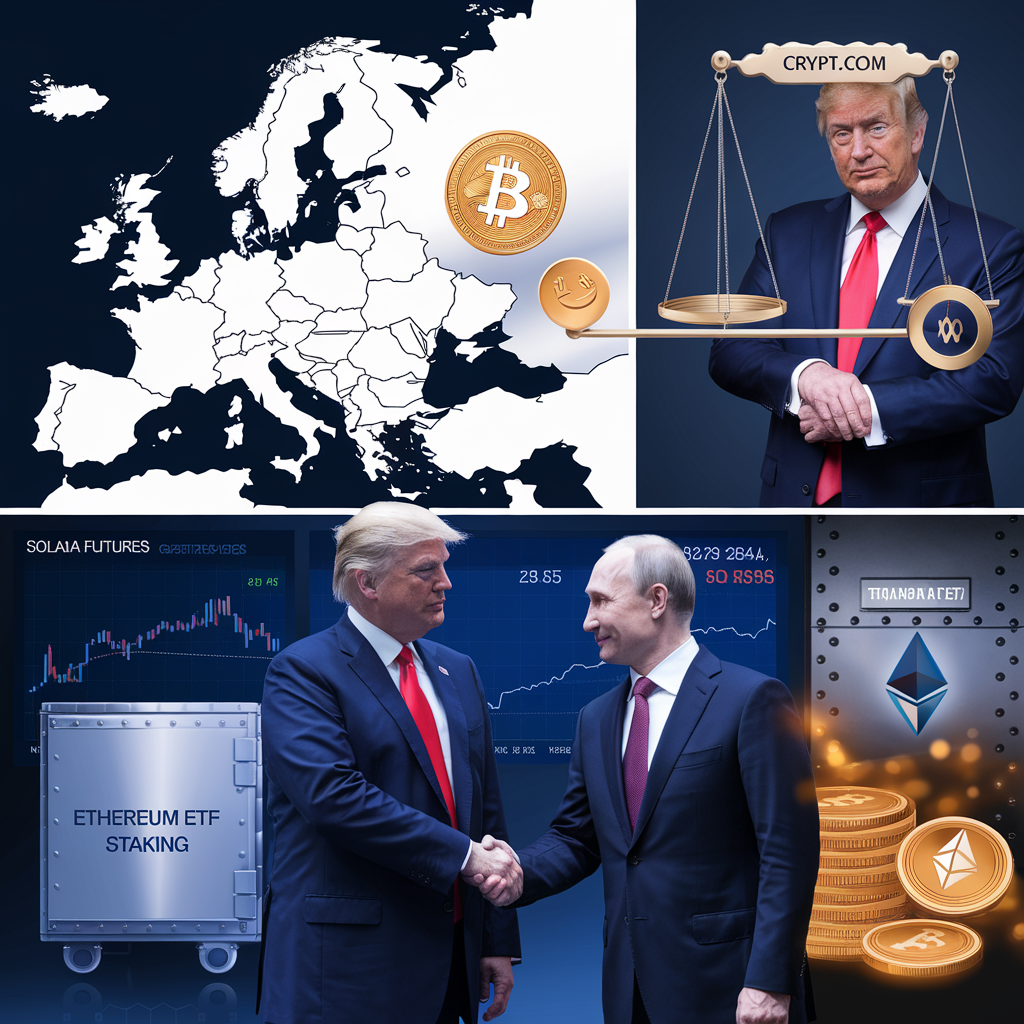
1. Crypto.com’s EEA Regulatory Approval
Crypto.com securing regulatory approval to operate across the European Economic Area (EEA) is a significant step for mainstream crypto adoption. This means Crypto.com can offer its suite of services – including trading, staking, and other crypto-related products – to consumers and institutions in all EEA member states. This expansion increases accessibility and legitimacy for crypto within a major economic region. For crypto holders, this translates to more options for buying, selling, and managing their digital assets, potentially driving up demand and liquidity for various cryptocurrencies. For the broader financial world, it signals increasing acceptance of crypto as a legitimate asset class by regulatory bodies, which could encourage more traditional financial institutions to enter the space.
2. US Inflation Rise & Fed’s Crypto Stance
The US inflation rate rising to 3%, exceeding expectations, has broad implications. Higher inflation can lead the Federal Reserve to maintain or even increase interest rates to cool down the economy. This can impact crypto holders as higher interest rates often lead investors to shift away from riskier assets like cryptocurrencies towards safer investments like bonds. However, Fed Chair Jerome Powell’s statement that the Federal Reserve won’t block banks from serving legal crypto customers provides a counterbalance. This statement offers reassurance to the crypto industry, suggesting that regulatory hurdles for banks to engage with crypto businesses may ease, fostering further integration of crypto into the traditional financial system. This could encourage more institutional investment, offsetting some of the negative effects of inflation.
3. Trump-Putin Potential Negotiations
President Trump’s statement about agreeing with Putin to visit each other’s nations and initiate negotiations is a geopolitical event with potential ripple effects on financial markets, including crypto. While the direct impact is hard to predict, any improvement in US-Russia relations could lead to a shift in investment flows and risk sentiment. Depending on the nature of the negotiations and their outcomes, it could influence global economic stability and, consequently, investor appetite for risk assets like crypto. It’s a situation to monitor closely as it unfolds.
4. Coinbase Derivatives Launching Solana Futures
Coinbase Derivatives’ decision to launch Solana (SOL) futures is a significant move for the Solana ecosystem. Futures contracts allow investors to speculate on the future price of SOL, providing opportunities for both hedging and potential profit. This increases the visibility and trading volume of SOL, making it more attractive to both retail and institutional investors. For crypto holders, this could lead to greater liquidity and price discovery for SOL. It also solidifies Solana’s position as a major player in the crypto space, as it gains further recognition from a leading exchange like Coinbase.
5. 21Shares’ Ethereum ETF Staking Proposal
21Shares proposing to add staking to its Ethereum ETFs is a game-changer for the crypto ETF market. Staking involves locking up a cryptocurrency to support the operation of a blockchain network and earning rewards in return. By incorporating staking into an Ethereum ETF, 21Shares aims to provide investors with not only exposure to the price of ETH but also a yield-generating component. This would make the ETF more attractive to investors seeking passive income from their crypto holdings. It also signals a maturing of the crypto ETF market, as providers seek innovative ways to enhance returns and differentiate their products.
